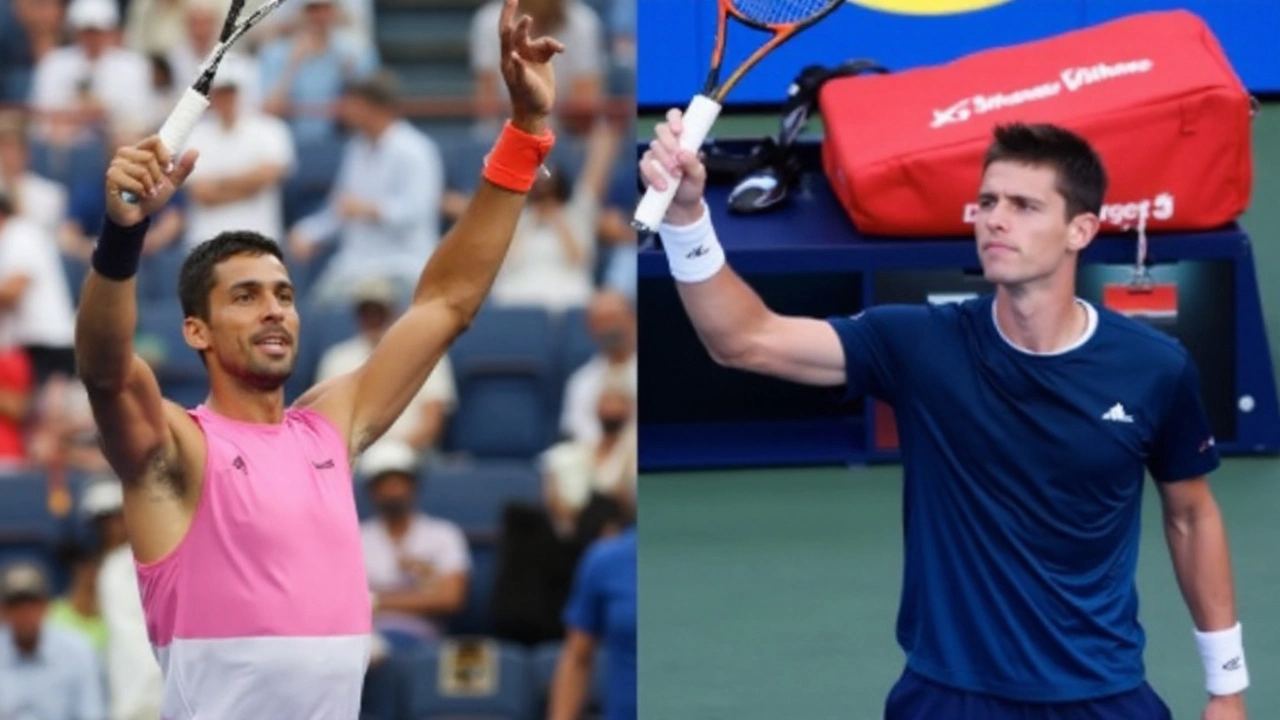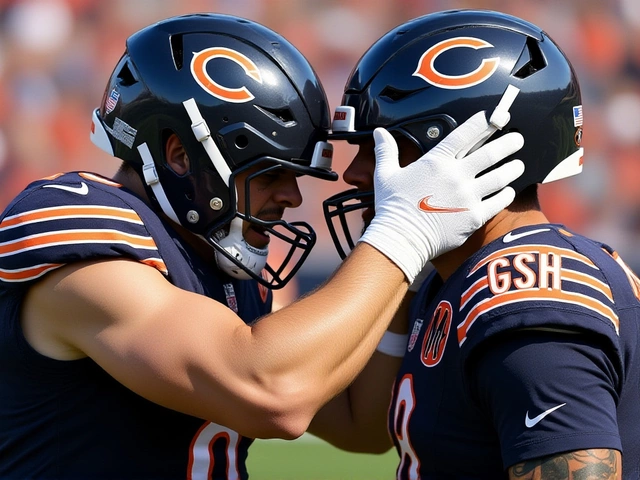Alcaraz surges into US Open semis without dropping a set
On a breezy Tuesday night inside Arthur Ashe Stadium, Carlos Alcaraz made a complicated match look simple. The second seed dismissed Jiri Lehecka 6-4, 6-2, 6-4 in one hour and 56 minutes to return to the US Open semifinals, his third in four years in New York. He has yet to lose a set this tournament. Through five rounds, he has been broken only once in 69 service games — a number that tells you more about his control than any highlight reel can.
The highlight reel still delivered. In the second set, Alcaraz won a lung-burning 21-shot rally with a back-to-the-net drop volley that had the Ashe crowd on its feet. It summed up the night: quick feet, soft hands, clear ideas. When points got physical, he absorbed pace, reset the exchange, then struck with a disguised forehand or a knife-edged approach. When Lehecka tried to take time away, Alcaraz responded by taking space — stepping inside the baseline, flattening out the forehand, and finishing at the net.
This wasn’t a mismatch. Lehecka, the No. 20 seed, came in with a win over Alcaraz earlier this year in Doha, and he swung freely early, peppering the Spaniard’s backhand and charging behind first serves. But the gulf on the biggest stage was obvious. Lehecka later called it the 'Grand Slam version of Carlos,' and that tracks. Alcaraz’s serve locations were sharper, his second serve heavier, and his return depth steadier than their February meeting. Break points arrived for Alcaraz in almost every meaningful moment, and he converted the ones that mattered.
Key patterns told the story. Alcaraz went body serve to blunt Lehecka’s forehand return, then opened the court with a wide slider the next point. He mixed in early backhand down-the-line strikes to stop the Czech from camping on the ad court. At net, he picked his spots — not rushing forward out of habit, but arriving with purpose and leaving with clean volleys. The scoreline — 6-4, 6-2, 6-4 — reflects control more than dominance, which is exactly what elite hard-court tennis looks like in week two.
Lehecka’s power did land. He ripped a handful of forehands into corners, saved break points with gutsy first serves, and kept the rallies honest. But the cumulative pressure wore him down. Each service game felt like a test he had to ace just to break even; each Alcaraz hold felt routine. When the final forehand from Lehecka drifted long, the match felt decided long before it ended.
- Score: 6-4, 6-2, 6-4
- Time on court: 1 hour, 56 minutes
- Service games lost by Alcaraz this tournament: 1 of 69
- US Open semifinals for Alcaraz: 3 in four years

What it means: a blockbuster with Djokovic, milestones for both men
Alcaraz, 22, continues to move through the sport’s history at a sprint. He’s now into his ninth Grand Slam semifinal before turning 23, joining a short Open-era list that includes Rafael Nadal, Boris Becker, Mats Wilander, and Bjorn Borg. He already owns five majors and is chasing a second US Open crown after lifting the trophy here in 2022. New York fits him — the pace, the height of the bounce, the noise. He feeds off it and, crucially, manages it.
Next up is Novak Djokovic, a four-time US Open champion, and the kind of opponent who tests not just your shots but your choices. The matchup sells itself. Alcaraz brings first-strike aggression and a serve that’s getting better by the month; Djokovic brings the game’s great return and the patience to drag you into uncomfortable rallies. The thin edge will be Alcaraz’s serve patterns and his willingness to take the forehand up the line early to avoid long, neutral exchanges. If he keeps holding at his current clip, he puts scoreboard heat on a player who is usually the one applying it.
There’s also the New York factor. Night sessions on Ashe amplify big servers and bold shotmakers, but they also reward clean returning. Alcaraz has been stingy on second-serve points faced all tournament, and his legs look fresh — a credit to efficient early rounds and quick turnarounds. He has managed the workload like a veteran: no five-set marathons, no energy leaks, no wobbly sets. That matters now.
For Lehecka, this wasn’t a step back. It was a step up. He leaves New York with his first Top 20 ranking secured and a clearer blueprint for the final tier of the men’s game. He proved he can hit through top opposition on a big court; the next step is sustaining that pressure for three hours against a defender who turns defense into offense in a blink. His forehand pace, improved serve accuracy, and willingness to transition forward were all positives in a tough draw.
The numbers around Alcaraz’s serve defense are the headline — broken once in five matches is rare air at a Slam — but the subtle stuff is what separates him. He’s winning battles of position, not just power. He’s taking return swings from inside the baseline on second serves. He’s making the first volley look routine. And he’s turning dangerous scorelines into quiet holds. That is how titles are won here.
So the stage is set: Alcaraz arrives in the semifinal clean, confident, and in form; Djokovic arrives with the weight of experience and four New York titles. For the neutral, it’s everything you want — a meeting of gears and wills under the lights. For Alcaraz, it’s a chance to turn a smooth tournament into something bigger. For Djokovic, it’s a chance to stop the sport’s fastest mover before he pulls away again.






